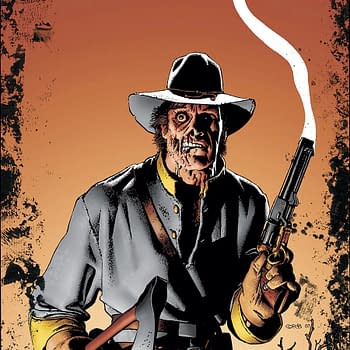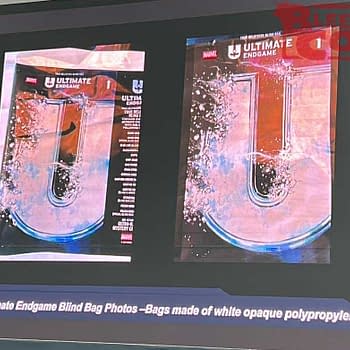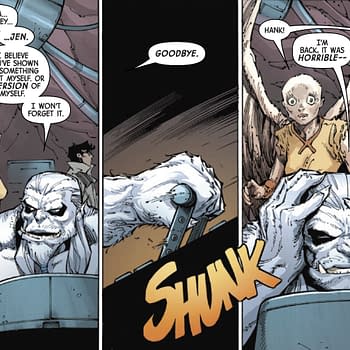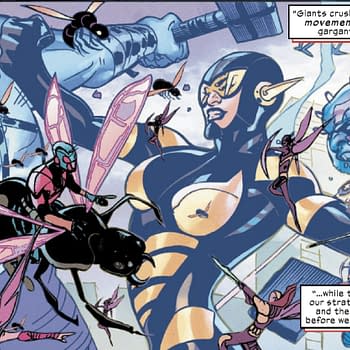Posted in: Comics | Tagged: Comics, dynamite, entertainment, Genevieve Valentine, xena
"The Story Begins After Twilight Of The Gods" – Genevieve Valentine Talks Xena: Warrior Princess
Genevieve Valentine talks with Byron Brewer about Xena: Warrior Princess #1, on sale in April from Dynamite. Cover art by Greg Land.

GENEVIEVE VALENTINE: The story begins after the Twilight of the Gods, which means Xena and Gabrielle are living in a world they shaped after a twenty-five year absence – a third of the pantheon dead, many of their friends gone, and Rome's power spreading. The Harpies, a rogue band of women fighters whom Xena met in her days with Borias, have been trying to fight Rome's influence, and have been painted as vigilantes and murderers by Rome itself. For Xena, this means facing her past: both seeing the sort of vigilante she could have been, and realizing the consequences of her vanishing from the world for a quarter of a century. But for Gabrielle – whose visions have returned – facing Rome might mean losing Xena.
BB: Were you a fan of the TV show?
GV: Definitely! I think it was a fantastic take on the antihero redemption story – it's got a fantastic blend of pulp and drama (like all the best epic poems, really), and it never lost that core of deep feeling for its leads. I think this last is particularly key to the show's success; the show took them seriously even though it never took itself seriously, so no matter how goofy a particular setup might have been – and there are plenty to choose from! – you're happy to follow them through.
BB: As a writer, tell us about your perception of the iconic Warrior Princess. And Gabrielle.
GV: One of my favorite things about Xena is the weight she brings to her redemption arc. There's a lot of that in the day-to-day of the series, since she's trying so hard to atone and become a better person, but the show was also very careful to have her carry her past with her. The more we get to know her, the more we meet key figures from her past – like Lao Ma and Borias – who shaped her life, but who were painted in shades of gray that meant Xena's redemption was never going to be a big single gesture, but a bunch of small decisions and hoping for the best. I was really excited to get a chance to write Xena in the wake of something as big as the Twilight of the Gods, because while she's no stranger to world-altering events like this, she also never stops carrying them.
Gabrielle sometimes tends to be painted in terms of what she means to Xena – which is definitely understandable, given the huge effect she has on Xena's life, and how much of the show is structured around Xena's struggle for redemption and peace. But I find Gabrielle fascinating for her arc in itself; she wanted adventure and accepted the hardships that came with it, but also struggled with the same issues of violence and leadership that Xena has done. And at the same time she was realizing how the world changes you (often for the worse), she was realizing her own power to change the world – and the limits of that power. She's being pulled in so many directions at such a key moment in the series' world; I think it's a fascinating place for her to be.
BB: What does artist Ariel Medel bring to this table?
GV: On one hand, I've been thrilled with his action scenes; one of the first pages I saw was the beginning of a battle, and there was such a sense of energy to it that I scrolled down to see what happened next even though I knew it was the last page in the batch – but that's exactly what you hope from an action scene! But honestly, my favorite thing so far might be that he's so careful with Xena and Gabrielle's expressions; they're serious and goofy by turns, and so much of their dynamic is illustrated in the show in little wordless moments. Capturing that range of moods is so important to making them feel alive on the page, and you can tell how much love he puts into every smirk.














